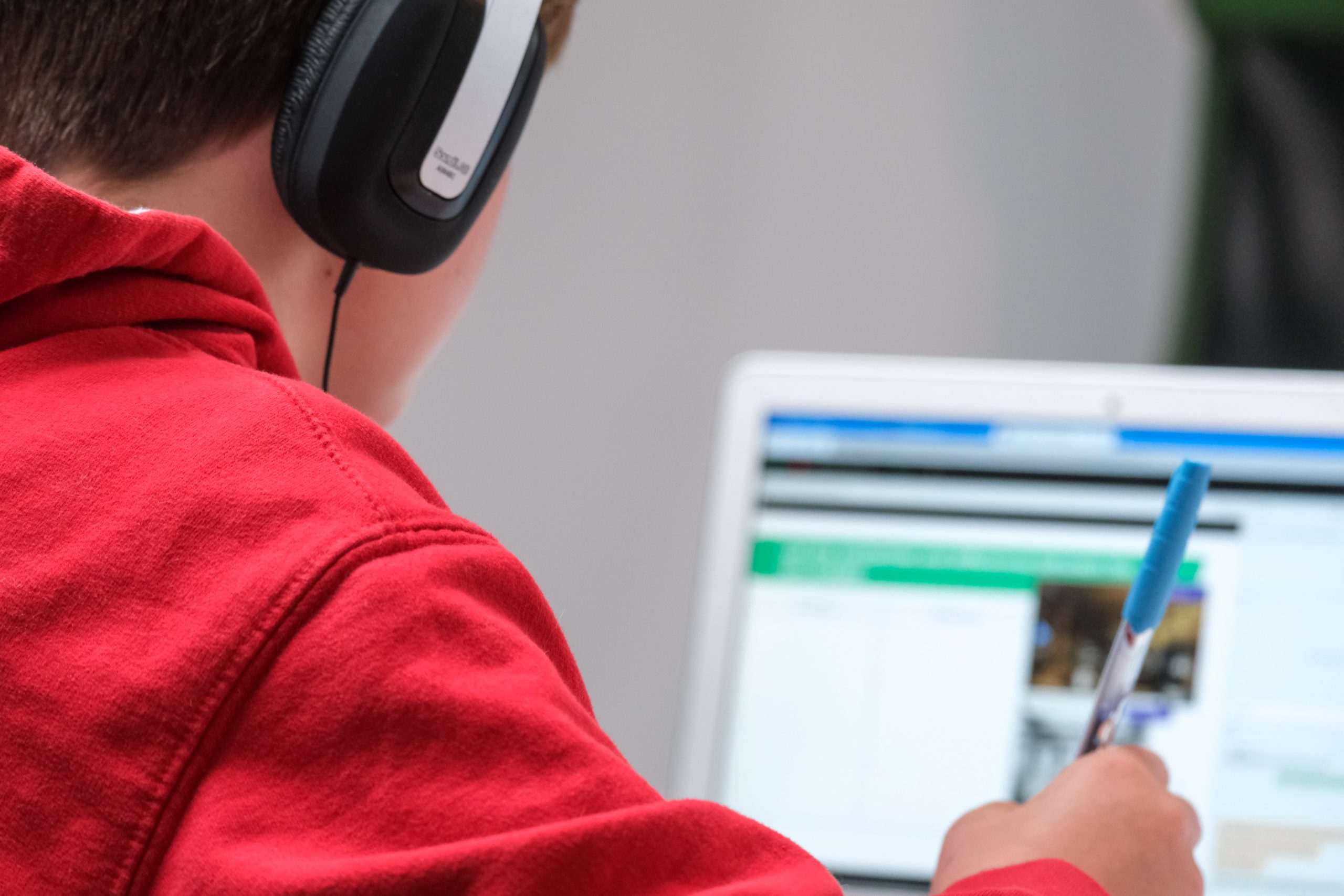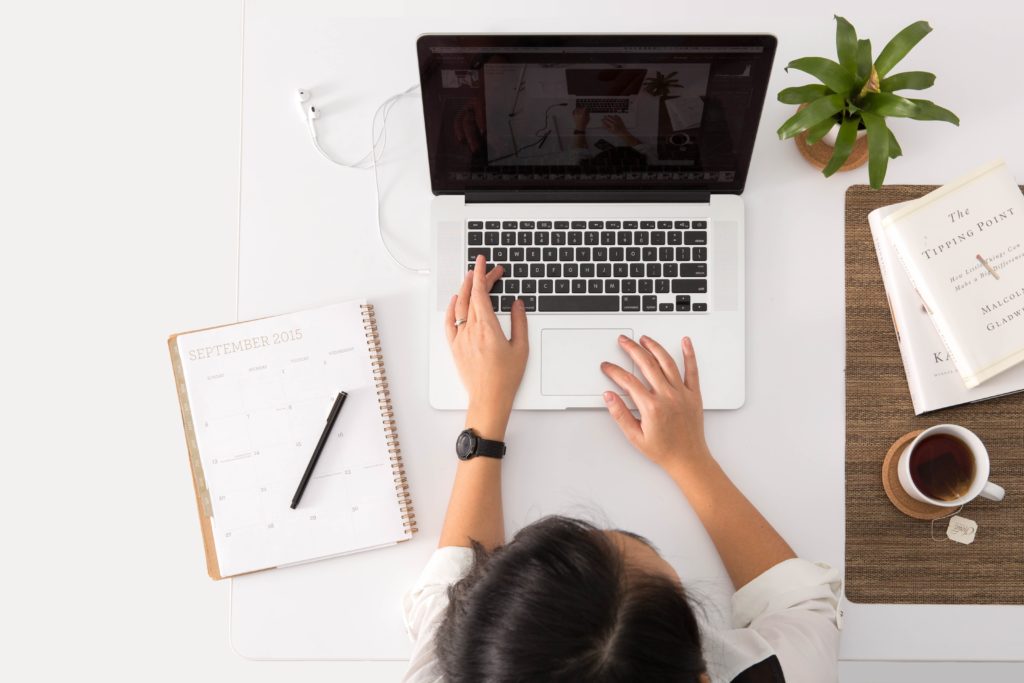Knowledge should be free and approachable for everyone. In today’s world, we need to give everyone the opportunity to learn by implementing technologies into the studying process. It’s just the best way to get an education nowadays: by using online courses/classes or EdTech.
And when you are a tutor or an online teacher, we are sure that you are constantly looking for new methods of creating webinars, lectures, and instructional videos for your students. One of them, a screencast method, we will explore today. Let’s get started!

What is a screencast?
A screencast is just a recording of your screen that is usually accompanied by a voiceover that explains what’s happening on the video.
A screencast method is amazing for creating all kinds of webinars, tutorials, how-to videos, and other videos where you need not only to explain materials but also to demonstrate graphics, theses, and pictures in some sort of a presentation.
Screencast videos are perfect for online education because you create an educational video once, but you can reuse it an unlimited number of times.
In our opinion, it is an optimal way of creating educational videos, and you can pre-make videos to send to your students, or you may capture the online lectures to send them later to the students. Students can always revisit your classes and make notes about the parts they have missed the first time, and that’s very cool!
How to create a screencast
In this part of this article, you will see a step-by-step guide on how to screencast a video with all the details you need to know about that. Let’s do it!
Prepare your working station
First of all, you need to purchase a couple of equipment items before you start screencasting.
You will need a good microphone to get high-quality voiceovers. You can opt for a traditional studio one or a lavalier microphone, depending on your preferences. Also, do not forget about a web camera to shoot your face during lectures. Remember that connection between an educator and a student is crucial, so it is better if they see you during the online sessions,
Choose the right software
It is the most important part of this process: choosing a screen recorder that’s right for you. In our opinion, the best option in this situation is a tool that has a video editor + screen recorder + webcam recorder all in one.
Depending on your needs, you can choose free software, but a free all-in-one tool or just a screencast app may have limited features or leave a watermark on the video. Read the instructions to a tool carefully, and if you find a good free-one screen recorder (and they do exist, yeah!), be our guest!
Prepare the materials
Next, you need to prepare your presentation, slides, or pictures to capture on the screen, and, of course, a script for your voiceover.
Even if you plan to go live via webcam recorder and improvise, we still think that some kind of plan with the main points you want to talk about is important. Preparation is a key in online tutoring, and since your students do their homework, why shouldn’t you do the same for them?

Make a test video
Before you sit and actually create a video with a screen recorder, it is not a bad idea to make a test video. Especially if you plan to do it online because it is your chance to check whether the audio is fine, is quality is high, or do you need to make any adjustments to your recording process.
In any case, this test video will show you what’s great and bad about your videos, and you can fix and improve your work before it goes to the people.
Start recording!
Now you know that everything is okay, and start recording! Check the audio, video, adjust settings to your taste, and let’s make the magic happen.
We also recommend you follow webcam recording recommendations here. They are really handy!
Edit and save the video
Congratulations! You have your video all done, and now you can edit your recordings to make the finished product more compact and maybe do some adjustments to the video.
We strongly recommend you edit out all the long or technical pauses, re-record your voice if it is still not clear enough on the record (or on some parts), and add royalty-free music on the background to make a video much more pleasant to watch.
The secrets of the successful screencast
Now we will share with you a couple of our tips on how you can make your screencasts even more professional and better-looking for students.
- Always introduce yourself and give a quick summary of today’s video
- Try not to be distracted by anything. If you do get distracted somehow, edit out these parts to get a smooth and nice video.
- Check and double-check whether your microphone is working and whether it does it properly. If you can, have a spare one in case of emergency.
- Be friendly, try to avoid long pauses, make jokes, and pretend that you are talking to a crowd of people, not to a monitor while you are recording. In general, have fun, because it is a very exciting thing to do!
- Pause recording if you need a break. It will ease the editing process a big time, and you will definitely thank us for this advice later.
What’s next?
Education is all about collaboration and connection between people. It’s about sharing knowledge and giving others a chance to make something better and bigger in their lives using their brains.
EdTech is a way to connect people worldwide and give equal opportunities for everyone to study and evolve. Join this noble cause, and we will be waiting for your screencasts online!

